|
After a wonderful summer break, I am guessing most of us are going back to teaching this week. I have been really looking forward to seeing all my students again, which must be a sign that I enjoyed a rejuvenating holiday! What I love about this time of the year is that every student comes through the door with a renewed enthusiasm for learning, and the delight of seeing them standing a smoot higher than the previous year! The beginning of a new year is also a good time to establish a routine to encourage the practice of some of the “less popular” (or indeed, least popular) aspects of piano learning. I’m talking about scales. Arpeggios. Broken Chords. Sight reading. Theory. As I imagined myself repeating the above elements to my students, I pictured the smiles on their faces fading away, and their newly-gained stature starting to deflate. Those are not the words most students want to hear on their first lesson back. We have to find a more engaging way to get students to master these components of piano learning without them pouting over it! A little studio challenge I am setting up for all my students this term is the “Around the World Key Signature Challenge”. I have done this a few times throughout the years already, and this is what the “challenge” looks like: Objective of the challenge: The first student who collects a stamp for all 11 countries wins the grand prize, and every other student who collects a stamp for all 11 countries by the end of term wins a small prize. Learning goal: To explore different key signatures through sightreading and scales. Duration: Term one (Feb- April) Cost: Printing of the Around the World Chart, prizes at your own discretion (I recommend Easter Eggs!) And here is how the conversation usually goes... “Let’s have a look at this term’s studio challenge! What you want to do, is to try and visit all of these countries and collect a stamp for each of them by the end of this term. The first student to collect all of the stamps wins the race and gets the grand prize from me, and everyone else that has all of the countries stamped by the end of this term will get a small mystery gift from me.” If you get this kind of response from your student, you know you have them “hooked”. It is then time to lay down the terms and conditions: To earn a stamp for a country, a student has to complete a series of tasks for its correlated key signature. Depending on the level of the student, I will differ the tasks to reinforce pre-existing knowledge and skills, as well as nudging them a small step forward to stimulate their learning. I would recommend teachers adjust the requirements for each student slightly each week to optimise the learning experience, but here I have included some examples of what I might do for the different levels: Beginners
Grade 1-2
Grade 3-5
Grade 6-8
I tend to be flexible and alter the weekly task for each student, adding, subtracting or swapping activities depending on how much a particular student can process in a week. A good rule of thumb is that if this assignment takes more than 1/4 of a student’s daily practice routine for them to accomplish then chances are, they are going to be put off rather than encouraged to explore these keys. So, for a grade 3 student who practices 40 minutes a day, I may include Noterush, a natural minor scale, and blocked chords. But for a grade 8 student who practices an hour a day, I might include Noterush, sightreading, chromatic scales a third a part, and a contrary motion arpeggio. It is important to find the balance - we want a student to feel like they are slightly challenged, but they still believe they can succeed and get that stamp by the following week. So, it is crucial to adjust the “difficulty” setting for each student. I have done this challenge a few times in the past years, and although not every single student would finish the race, it really does benefit the majority of students in my studio. Last year there were 9 students out of 35 in the studio who ended up learning 12 keys or more in 10 weeks' time as a result of it. It was also the only time I got asked by students if they could do more than one scale that week because they really want to “win the race”! I always think if such challenges get even one student excited about learning more key signatures, then it is well worth the effort. Happy teaching! Melody
0 Comments
A Creative Piano Teaching Activity to Encourage Productivity I have a studio of about 40 students, with a wide range of ages and abilities, and on the whole are an absolute pleasure to teach. I have been building the studio across the last 10 years with an aim to cultivate a balance between work ethic and creativity in my students as well as modelling these traits within my own teaching. Most students of mine practice at least six days a week and learn large numbers of pieces per year. Beginner students complete 80-100 pieces a year, and intermediate students complete 30-50 pieces a year depending on their level of playing. I think it is safe to say my students are all passionate about learning new music! Read more about the 40 piece challenge on Tim Topham's blog! One of the biggest challenges I face as a teacher with students working on a lot of new repertoire is that many students attempt to learn a little too fast, getting caught up in the excitement and novelty of learning new music each week. The consequence of this is we end up spending a lot of the lesson time pointing out the mistakes the students have made in their learning. Silly, clumsy mistakes they can absolutely avoid if more care was taken in their practice. Some common note learning mistakes include: not noticing rests, wrong notes and rhythms (in seemingly straight-forward pieces), blatantly ignoring simple articulation and musical directions and so on. Furthermore, because the students are eager practicers, when they have learnt something incorrectly and practiced it incorrectly for an entire week, the well-practiced mistakes have sunk in so well in their memories that it takes us a painstakingly long time to correct them. Creative Piano TeachingBeing a teacher who believes the best changes come from the individuals themselves, I wanted to find a creative piano teaching exercise to encourage the students to be more mindful when learning new notes, not because I asked them to, but because they wanted to. With all going to plan, we can then use the valuable lesson time to improve the more creative and enjoyable aspects of learning, adding character and expression to the music.
Student of the Week Shortly afterwards, the Student of the Week Challenge was born. The rules were simple: any student who learns their assigned piece(s) in one week, hands together, with correct notes and rhythm, gets their picture snapped holding two of their chosen photo props. We then stick the photos on a Student of the Week poster on the studio wall, so everyone who comes into the studio will be able to see their achievements! Here is the poster I designed and printed: Initially, I had no idea how many students would achieve the Student of the Week each week, and therefore how much the poster was going to get filled up. In fact, I was clueless as to whether the children of 2018 would even find Polaroid cameras cool! In week one of the school term, I explained to all the students in their lessons what the challenge is about, and gave them strict instructions to make sure they learn the piece carefully so they get their pictures snapped the next week. I also gave them tips on HOW to ensure they learn the correct material from the first day:
Students and parents are delighted to be a part of this experiment and we all get a giggle and a cheer when a student picks up the photo props and strike a cheeky pose! Many students were absolutely enchanted by the ‘magic’ of the Polaroid camera. Some of them wouldn’t believe me when I told them the picture would appear after a few minutes. One even thought the Polaroid took a better picture than his mum’s iPhone, which his mum and I both found hilarious. I was really impressed by the number of students that came in the following weeks with significantly more effort put into learning their pieces correctly, especially considering that in the past these same students would make a couple of unnecessary mistakes in every new piece they learnt. Here are some more happy snaps: The Result... At the end of the term, our poster was absolutely filled with cheerful portraits! Overall I am really happy with how this experiment went, and here are some thoughts on it at the end of this term:
|
AuthorThis blog post is by Melody Deng Archives
September 2020
Categories
All
|
|
©2019 East Coast Bays Piano Studio | All Rights Reserved
|

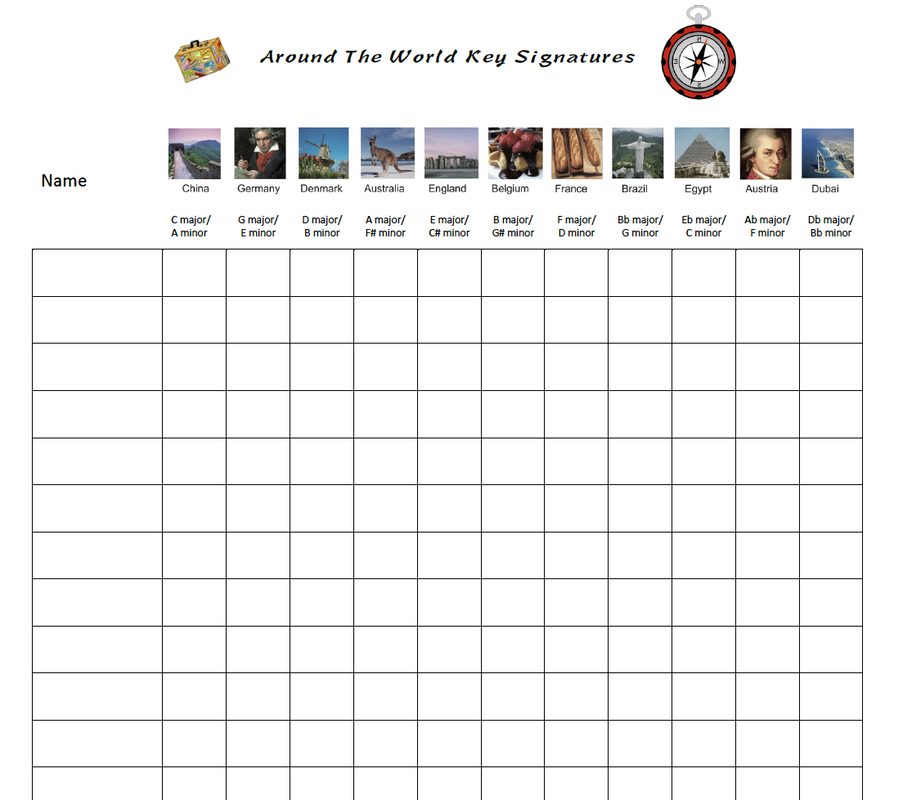

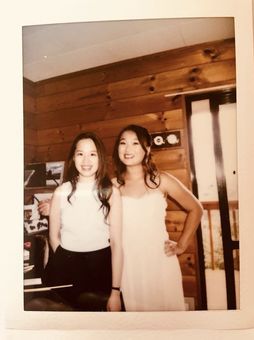
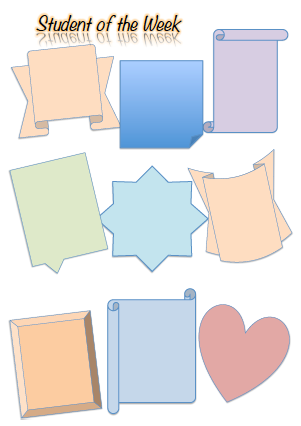
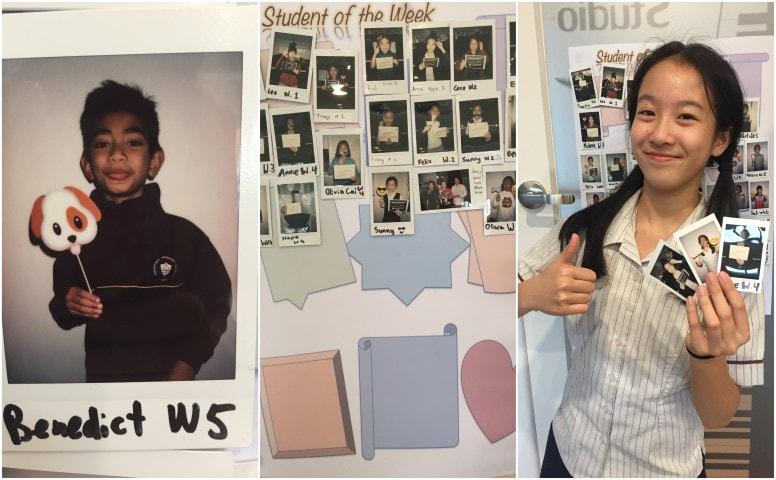
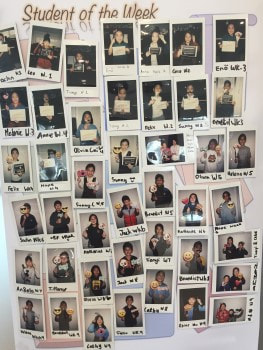
 RSS Feed
RSS Feed